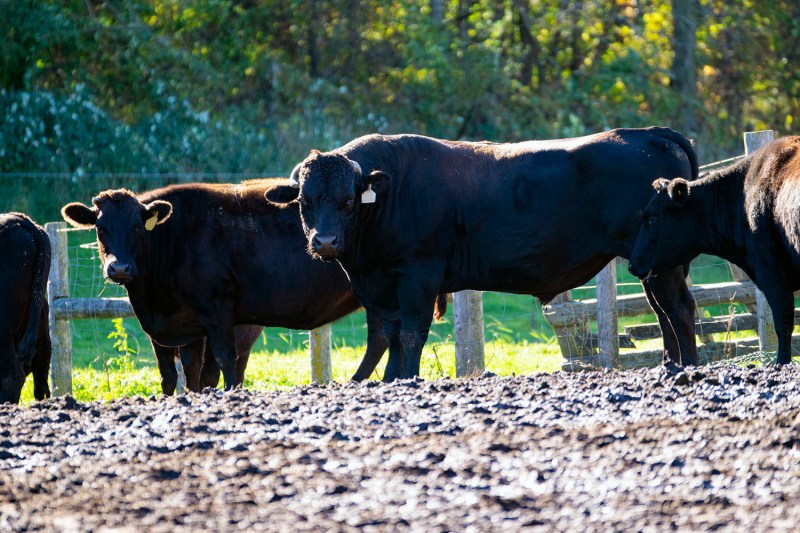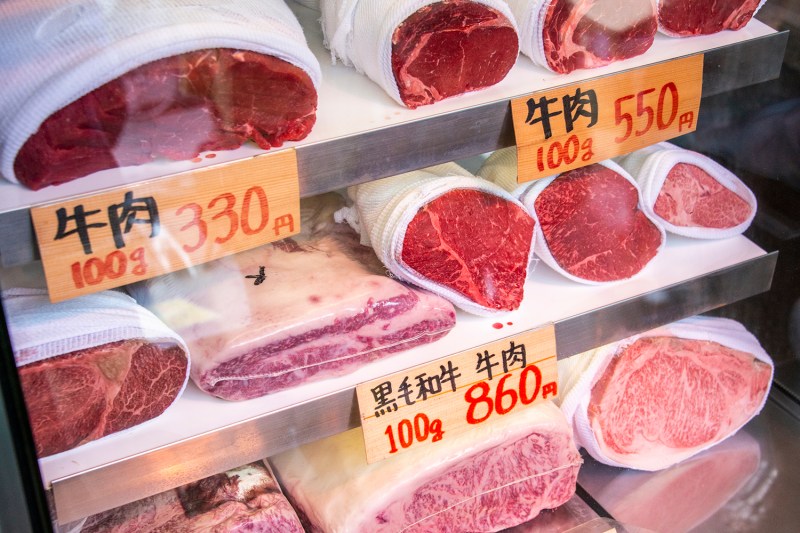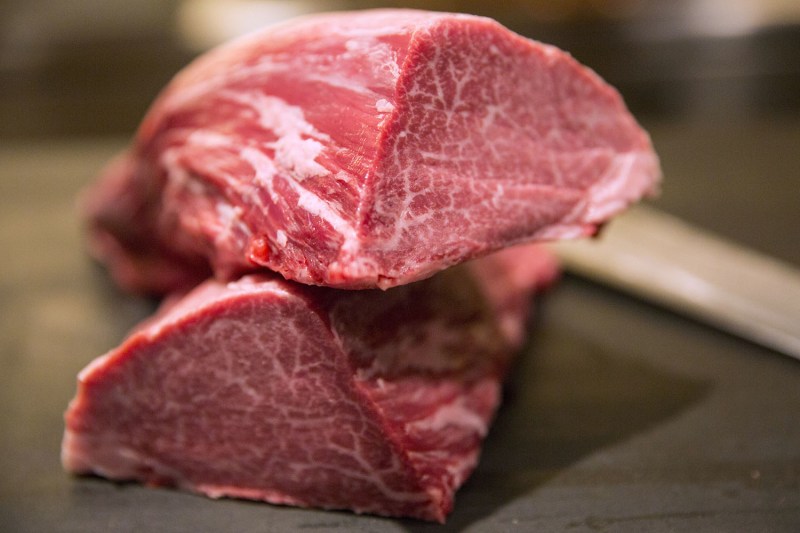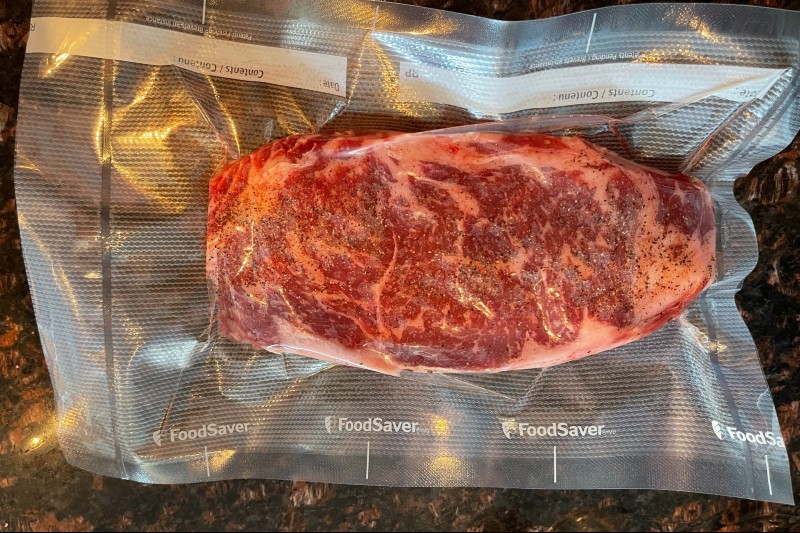
Whether you’re an adventurous eater, a lover of luxury, or someone interested in the culinary history and culture of Japan, one name stands out in the world of beef: Wagyu. Renowned as the world’s most luxurious beef, as well as being the world’s most expensive, this beef type is a darling of high-end steak restaurants and meat lovers. The Wagyu cattle come from Japan, with a history of the animals being raised for their meat stretching back centuries, and today many food enthusiasts from around the world long to try this exclusive and elusive meat.
If you’re interested in trying out Wagyu, however, it helps to understand a bit about what this beef is and the different forms that it comes in. If you’re going to treat yourself to a rare luxury, then you want to understand what you’re eating! If you’ve eaten beef in the United States, the the likelihood is that you’ve been mostly eating Black Angus beef, the most common breed of cattle there. But foodies agree that Wagyu beef is something quite different and quite special — and that there’s really nothing better than a piece of Wagyu beef.
Related Guides
What is Wagyu Beef?
Before we can jump into all things Wagyu, we need to understand what it is, where does Wagyu come from, and what does it mean across the world. For example, do you know the difference between Wagyu and Kobe? Kobe Beef is a type of Wagyu that is raised under strict standards. So, Kobe is Wagyu but not all Wagyu is Kobe. Wagyu in the Japanese language means “Japanese Cattle” (Wa means Japanese, gyu means cattle).
We already know Wagyu is a breed of cattle, but more importantly, the meat from these cattle surpasses even Prime Cuts. The marbling of the meat comes from the animal’s diet and the way it is raised. The marbling in meat is actually Intramuscular Fat – intertwined with the red meat, the fat streaks are what gives beef its flavor and texture. This shouldn’t be confused with the fat that surrounds muscles or meat, which is called Intermuscular Fat and offers neither flavor nor texture enhancement to your steak.
Where Did Wagyu Beef Originate?

Wagyu is a breed of Japanese beef cattle that come from cattle that are native to Asia. These Japanese Wagyu Beef were originally chosen to draw heavy loads based on their endurance. The four breeds of Wagyu are the Japanese Black, Japanese Brown, Japanese Polled, and the Japanese Shorthorn. The top wagyu cattle used are Black and Brown.
Each of the four Japanese cattle has its own branches of breeds or strains. The Japanese Black strain includes Tottori, Tajima, Shimane, and Okayama. The Japanese Brown is also known as the Japanese Red and has the strains Kochi and Kumamoto.
What Types of Wagyu Beef are There?
Aside from the four Japanese cattle, several other countries have their own version of the quality meat. Each country has its own technique of breeding and raising Wagyu cattle. The largest breed association outside of Japan is the Australian Wagyu Association where they raise both full-blooded and Wagyu-cross cattle. They supply the markets with their Wagyu breed all over the world.
American Wagyu Beef is a crossbreed of Japanese Wagyu and Aberdeen Angus Cattle. The American Wagyu Association registers some U.S. Wagyu breeders that have full-blooded cattle that are direct descendants of the original Japanese bloodlines. Canada also has Wagyu cattle farming and created its branch of the Canadian Wagyu Association. They farm Wagyu-style cattle across all of Canada and export their beef to the U.S., Australia, New Zealand, and Europe.
In the United Kingdom, they have The Wagyu Breeders Association and most of the Wagyu cattle can be found in Scotland.
How is Wagyu Beef Graded?

Similar to the USDA, The Japanese Meat Grading Association monitors every piece of meat for quality products. The Wagyu meat is divided and graded between five categories and each grade ranges from 1 to 5, with 5 being the best.
- Beef Marbling Standards (BMS)
- Beef Fat Standards (BFS)
- Beef Color Standards (BCS)
- Firmness and Texture
- Yield
Each category will score the meat between 1 and 5 except for yield; yield is only graded A, B, or C. When you grade the meat for marbling, it can range anywhere between 1 and 12.
Example:
- Grade 1 matches to Marbling Grade 1,
- Grade 2 matches to Marbling Grade 2,
- Grade 3 matches to Marbling Grades 3 and 4,
- Grade 4 matches to Marbling Grades 5 through 7, and
- Grade 5 matches to Marbling Grades 8 through 12.
In order to achieve the coveted A5 Wagyu designation which is the best of the very best, the meat would have to have a Grade 5 in all four categories as well as an A grade in the Yield category.
Which Wagyu Cut is the Best?

Now comes the hard part; having to choose a cut of wagyu steak. Since the meat has been monitored, graded, and approved, any cut you choose will be flavorful. Try using the sous vide method and then a reverse sear for a perfectly cooked steak every time. There is a lot of debate on what the best temperature to cook red meat is (it’s medium-rare to medium btw) but no matter what temp you choose, this list of our favorite cuts will help you choose.
- Ribeye: One of the best cuts of meat in our opinion. This is a well-marbled and tender cut of meat from the rib of the cow. During cooking, the fat will melt which makes the flavor spread throughout the steak. Best to be cooked medium-rare to medium.
- Skirt Steak: This cut of meat is boneless and has a great flavor. It’s tender and has a soft texture. It’s best to marinate this steak with some type of acidic liquid such as lime juice, vinegar, or soy sauce. The skirt steak is thin and will cook rather quickly so make sure your heat is on very high and cook to medium-rare or no more than medium. If it’s cooked more than medium, the meat will become tough to chew.
- Hanger Steak: The Hanger is from the lower belly and needs a bit of trimming of fat and membrane. It is cooked similar to skirt steak and not more than medium temperature.
- Flat Iron Steak: This is one of the most tender parts of meat and it is marbled throughout that gives an intense flavor that can only be compared to the tenderloin.
- Strip Steak: The strip steak can be a happy choice because it’s between a tenderloin and a ribeye with flavor and texture that balance out to perfection. One of the easiest recipes for this cut is just some simple seasonings because the flavor will be the star of the show.
- Filet Mignon: Ah, the filet. It’s one of the most popular and most expensive cuts there is. This tender and velvety cut of meat will melt in your mouth when cooked to a medium-rare temperature. It’s a sweet, delicate, and lean cut of meat that should be cooked on a grill or pan-fried.
What Makes Wagyu Beef So Special?
Given the sometimes eye-watering price of Wagyu beef compared to other types of beef, you might question whether it’s really worth the extra or whether it’s just hype. And it is true that you can get high-quality beef of many varieties, so just because something isn’t Wagyu doesn’t mean it’s automatically less good. But the beef from Wagyu cattle is special not only because of the breed, but also the manner it which it is raised.
Wagyu cattle are raised in a low-stress environment, as this means that the animals use up less of their fat reserves and more fat is left for their meat. The animals are typically allowed to roam and graze freely, with plenty of space and not too many other animals crammed into a pen. Farmers raising Wagyu cattle also generally avoid additives like steroids or drugs which make the animals gain weight faster, which are often used in mass-produced beef. Some farmers even brush down their cattle regularly to increase the blood circulation.
All of this is in aid of getting a better meat product at the end. The fat is Wagyu beef is spread evenly throughout the meat, creating the high level of marbling that Wagyu is famous for. That’s what gives it its unique texture and buttery softness. This marbling also changes the way that the beef can be cooked, as it can cook for a longer time compared to regular beef before becoming tough or dry. As a piece of Wagyu beef cooks, the thin veins of fat inside melt and are infused into the meat, making it moist and soft when eaten.
All of this makes Wagyu beef much more expensive, as keeping cattle in these pampered conditions is much more costly that the typical way that beef cattle are raised. That means Wagyu is always going to be a rare treat for most of us, but it’s something that enthusiasts love to sample on special occasions.



